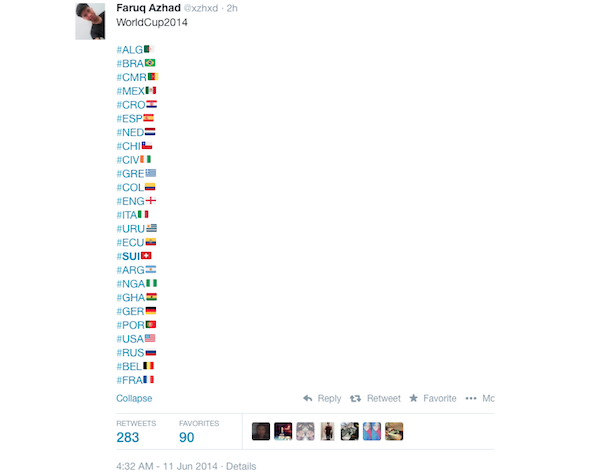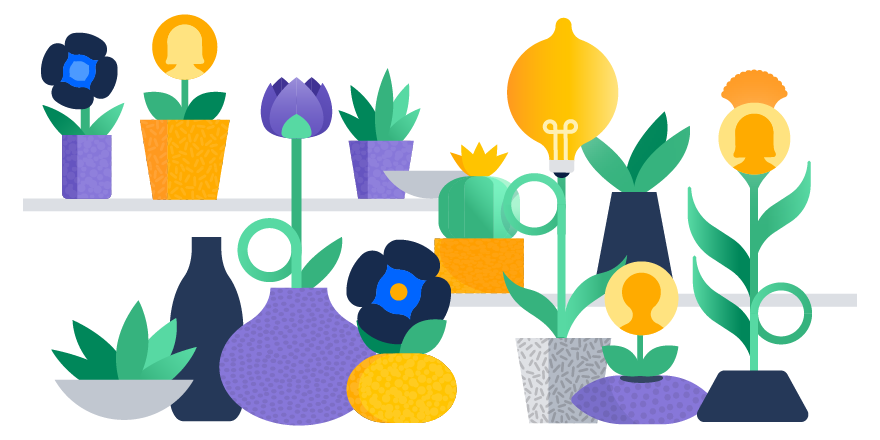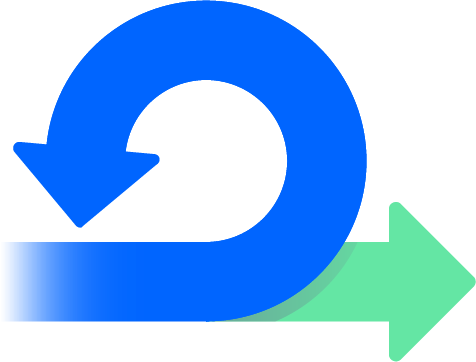Why diversity in teams is the key to customer success
This article was written with Teagan Harbridge of Easy Agile.
What does it mean to be agile?
Everyone has an opinion about it, and the amount of agile-flavored literature continuously grows, fostering interest and engagement. But what is at the heart of agile? People.
In 2001, 17 software developers came together to write the ultimate ‘agile playbook’, the Manifesto for Agile Software Development. These software developers decided that organization’s striving for agility should value these things:
- Individuals and interactions over processes and tools
- Customer collaboration over contract negotiation
After 17 years, customer satisfaction, and fostering supportive environments for teams, still remain core principles of the agile movement.
One thing we know about people is we are all different and complex, and our differences are what makes us, us. Acknowledging this is important to part of software development because we are building complex systems for even more complex systems – human beings.
Before we unpack this, let’s define what success means for an agile software development team. At the core, an agile team’s success is determined by their ability to continuously deliver value to customers.
This is where diversity informs success. Let’s illustrate this point with an example of how the diversity of people, thought and experiences shaped the success of a software development team.
#WorldCup
In 2014 I was living in San Francisco, working at Twitter as a Technical Program Manager. We were facing one of our biggest projects so far; the 2014 World Cup. That year, 31 nations would gather in Brazil to part-take in one of the biggest, most televised sporting events in history.
Our biggest hurdle as a predominantly American Product and Engineering team was understanding the ‘national sport’ for many participating countries and the level of pride and excitement for their country’s team.
Pairing with a group of passionate people from our Internationalization and Global Sales, and Marketing teams helped our Product and Engineering teams gain perspective. These folks were passionate about soccer, from all around the globe, and resembled the target customers for this project. Most importantly, they understood how important this event was for people all over the world.
The Internationalization Team helped us come up with a way to “visualize” national pride within the 140-word character limit.
We created “Hashflags,” which added a country flag to a specific three-letter country name hashtags. This quick, fun, and visual device allowed users to be more expressive. Additionally, the Internationalization and Global Sales and Marketing teams also suggested we allow our users to customize their Twitter profiles with custom World Cup team themes.

As a result, the 2014 World Cup was the biggest event at that point in time for Twitter with 672m tweets and the most popular game (Germany’s defeat of Argentina) generating more than 618,000 tweets per minute! This success wouldn’t have been possible with siloed and homogenized teams.
What does it mean to be a diverse team?
When we think about diversity, it’s easy for our first response to veer on the side of inherent diversity. Inherent diversity refers to traits people are born with, like gender, disability, age, ethnicity and sexual orientation.
All of these are important, but diversity isn’t just limited to the traits we’re born with.
In 2013, the Harvard Business Review defined a second category of diversity; acquired diversity. Acquired diversity involves things like “diversity of mindsets and ways of thinking that people acquire through experiences,” which could include differences in education and training, life experiences, cultural exposure, etc.
The diversity of your people, thinking, learning and experience is key to the team being representative of your customer base, and is therefore essential to that team’s success.
Related: Atlassian’s 2018 State of Diversity Report finds “diversity fatigue” is real
What does this look like/involve?
Homogeneity is easy. People with similar backgrounds and experiences find commonality quickly. Creating an environment where a group of people from different backgrounds, different belief systems, and experiences, openly communicate with one another, is difficult. In order for diversity to blossom, we must create safe and stable environments for different viewpoints.
“On diverse teams, having a facilitator that enables each individual’s maximum productivity could mean the difference between dysfunction, and miscommunication, and a harmonious team, inclusive of all perspectives and input”
Ruha Devanesan, Diversity & Inclusion Manager @ Symantec
In agile software development, one of the most important jobs of the Product Manager, Product Owner or Scrum Master is fostering collaboration within the teams.
Weekly planning sessions and retrospectives should see each individual team member has time to share their perspective on the desired outcomes of that sprint. Individual perspectives should be valued as unique and representative of part of the customer base not represented by yourself.
The way to achieve a broader acquired diversity is to learn from others. This means individual team members should be given the time and opportunity to teach their teammates about their culture, beliefs, experiences, travels, language etc. This makes for a more well-rounded team, creating empathy for teammates and in turn, customers.
Easy Agile make agile easy for everyone on your team and are the Atlassian Marketplace Vendors behind Easy Agile User Story Maps & Easy Agile Roadmaps for Jira.
<b>Explore all Easy Agile Apps</b>

